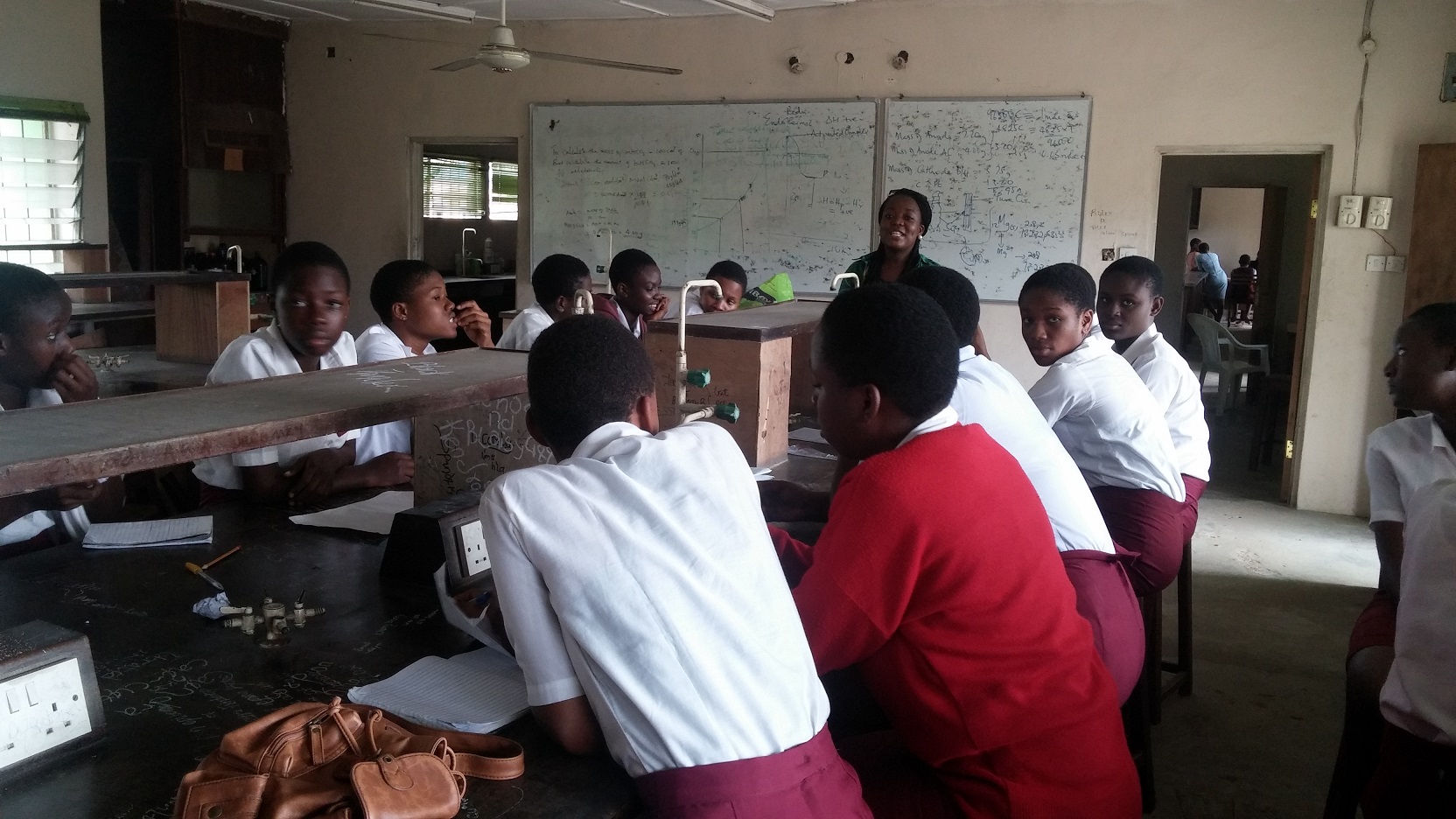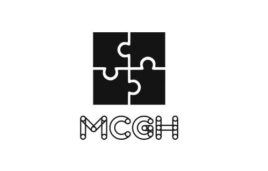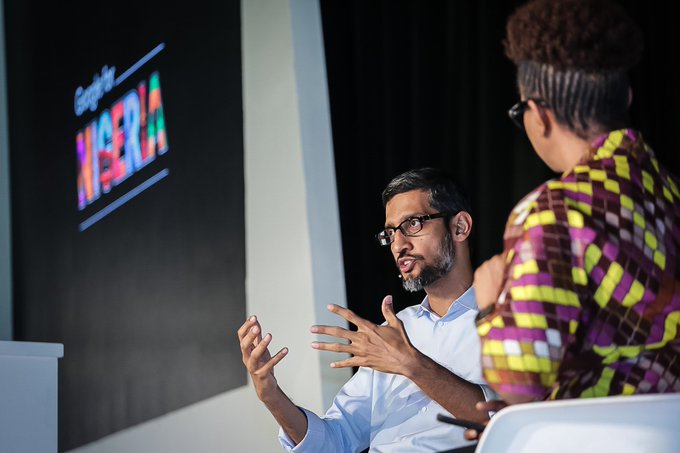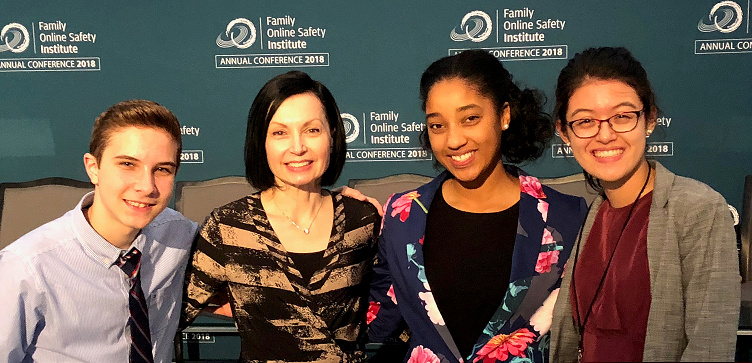
How can learners and facilitators ensure a safe digital learning environment?
Microsoft Education Lead for North, West, East & Southern Africa, Levant & Pakistan countries, Angela Nganga, shares on what learners and facilitators can do to ensure a safe digital learning environment as they learn.

Education is the most powerful weapon which you can use to change the world, quoted South African activist and former president Nelson Mandela. Investment in education is one of the biggest investments any country can make for its current and future generation. Currently, around 420 million people across the world would be lifted out of poverty with secondary education consequently improving the quality of life globally by more than half.
Today, as more and more people across the African continent are required to stay home due to government lockdown interventions, we are seeing a massive shift towards remote learning. This has meant the growth in the usage of collaborative tools such as Microsoft’s Teams to create virtual classrooms wherein educators can communicate with their students in real-time.
In the Middle East and Africa Emerging markets alone, over 1.5 Million students and teachers are leveraging Microsoft Teams as the remote learning platform during this period.
Through such platforms, educators can connect with and support students in much the same way they could in person with live meetings wherein they are able to show video, share presentations, and even invite external speakers for virtual field trips.
But, as students and educators move online, naturally there is an increase in the risks to security and safety.
As we adjust to the new normal and governments take the much needed next steps towards safely re-opening the economies and adopting possible return to school strategies, blended learning will play a key role in ensuring that some of the non – essential aspects of learning that do not require face to face interaction are enabled while ensuring the online safety and security of students.
Educational institutions, therefore, need to take steps to ensure that digital learning environments are safe by setting up concrete policies and restrictions when using these tools to guard students’ safety, while also ensuring that online classrooms remain engaging and giving educators the tools they need to create a focused learning environment.
Restricting access to meetings can safeguard students
There have already been multiple occurrences around the world wherein unauthorised users have gained access to virtual classrooms.
Just this month alone we’ve seen an online graduation ceremony interrupted with racial slurs by hackers, last month a man gained access to an online class and exposed himself and another online lecture was interrupted by playing audio of inappropriate content.
When educators set up meetings to teach students a link is created which participants can use to enter these meetings. Sharing these links online to reach students can seem like a quick and easy way to communicate with students when and how to enter live meetings but this also opens meetings up to anyone who sees the link.
To ensure the safe digital learning environment of educators and students, administrators should instead create identities (or profiles) for each student and teacher which requires them to log into the tool to join the meeting. Within Teams, administrators can thereafter choose to turn off the ability for anonymous users to join the meeting by changing it within the meeting policies.
Within meetings, educators can also make sure that all students are present in the classroom and there are no unexpected attendees by selecting “show participants” in the meeting controls giving them greater control over who is admitted into the lesson.
Managing the virtual classroom keeps students safely engaged
Educators are often required to manage students in physical classrooms to ensure good behaviour and keep students focused on learning the coursework being taught. This is required when teaching online as well.
Online classrooms introduce a new dynamic for both teachers and students alike making managing disruptions and curbing inappropriate messaging, a task which educators need to perform in new ways. Now, these disturbances can also appear in the form of unauthorised users with disruption often being their main goal.
To manage disruptions while ensuring the safety of students, administrators should limit students’ ability to schedule meetings, initiate private calls, and monitor chat sessions to remove inappropriate messaged in channel meetings. This can be done by restricting meeting roles for students within a meeting.
Educators can control the learning environment further in Teams by creating meetings for classes within specific channels which allows them to disable student-to-student chat if necessary and allows them to track class discussions in context.
Other functionalities such as being able to blur video backgrounds, mute participants, and control who can present during the meeting are key for ensuring safe learning for students with Teams.
A new world of learning
We have entered an unexpected and often challenging time where in just over a month the education landscape has completely transformed. But as we have also seen, technology is a powerful tool that can be used to overcome these challenges and sometimes even improve on functions such as learning. With technology, education can be interactive, engaging, and controlled as long as we ensure digital security to protect students and staff online.
As a way to support educational institutions as they work to ensure a safe digital learning environment, Microsoft has created a more in-depth guide to serve as a foundation to their safety plans, and thus help to give teachers, students, and parents’ peace of mind while also making learning more productive.
- YouTube wouldn’t build an app for the Apple Vision Pro, so Someone did! Introducing Juno
- What is Microsoft 365?
- Get to know Norton Genie app?
- Microsoft Copilot on iOS and Android get upgrade
- Microsoft’s new OneDrive design is out now!
- Sudo command comes to Windows 11
- Google has announced that its first cloud region in Africa is now open for business.
- Apple Vision Pro Review
- Apple’s first-party Podcasts app
- What is Amazon presents Diffuse to Choose?




